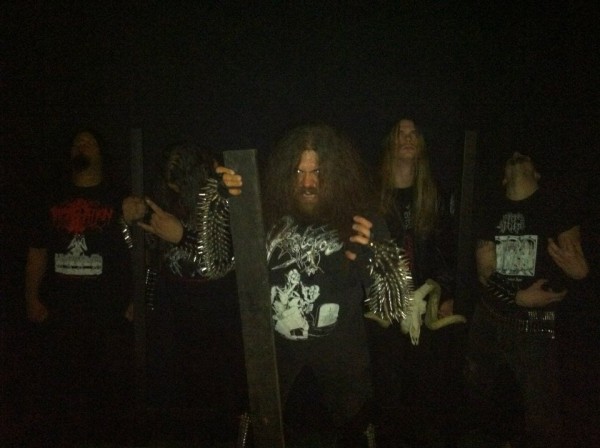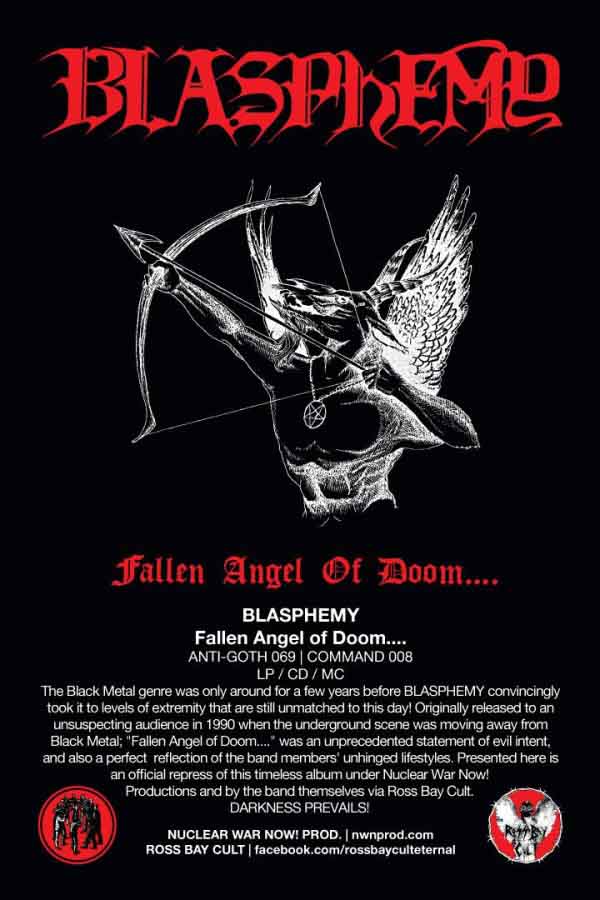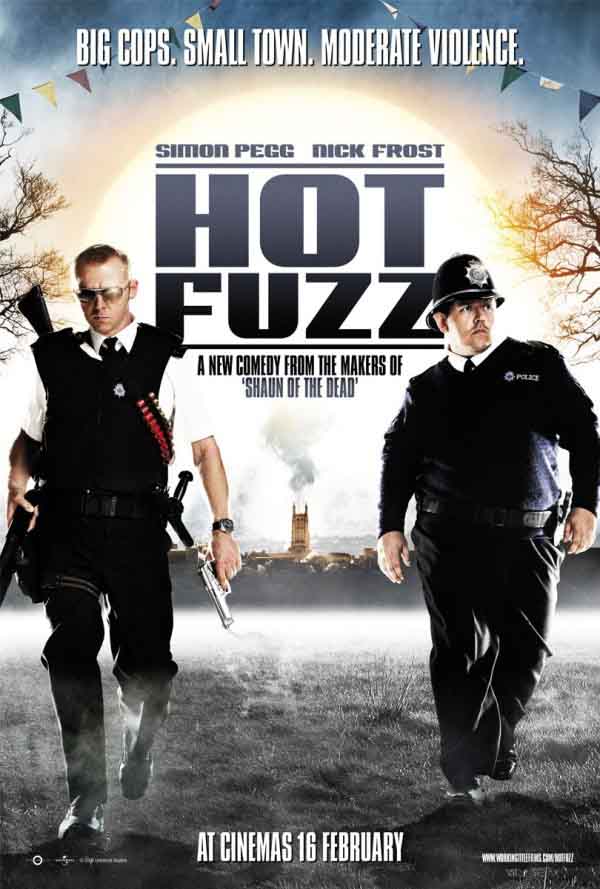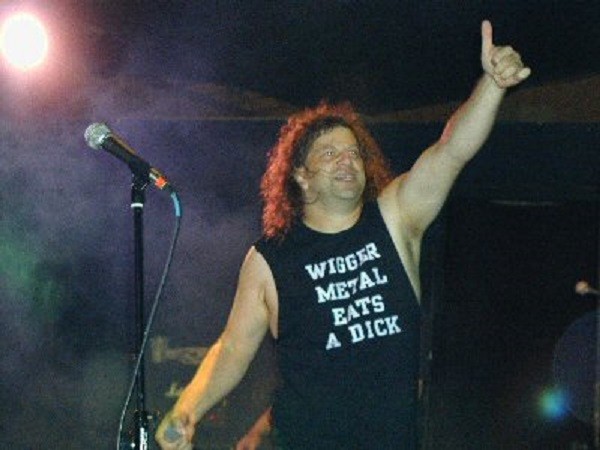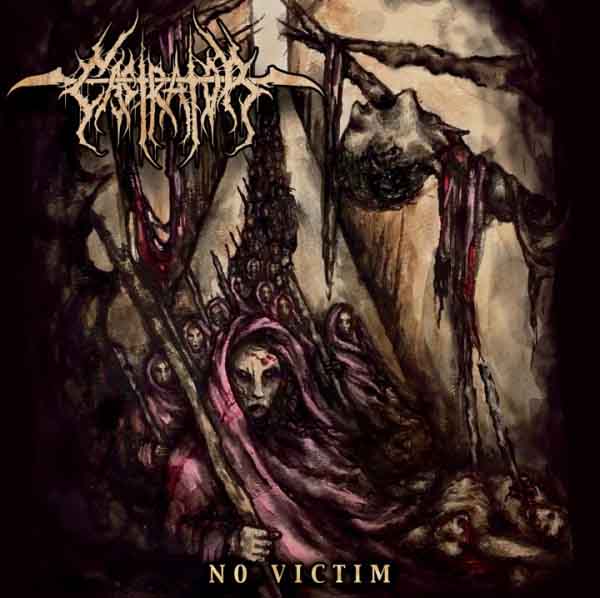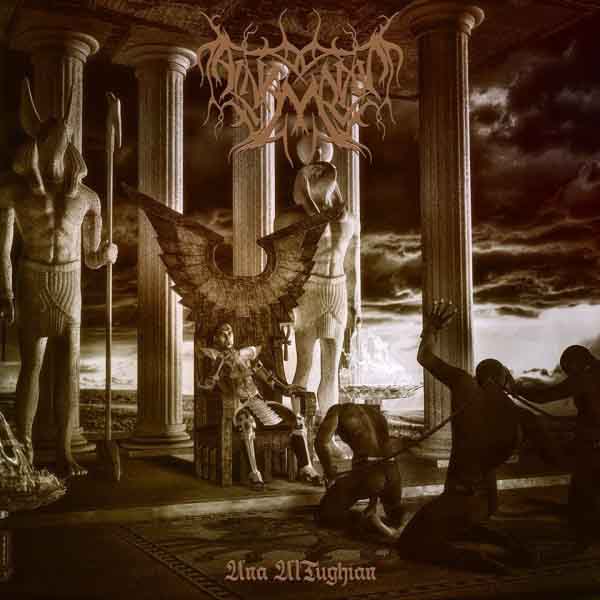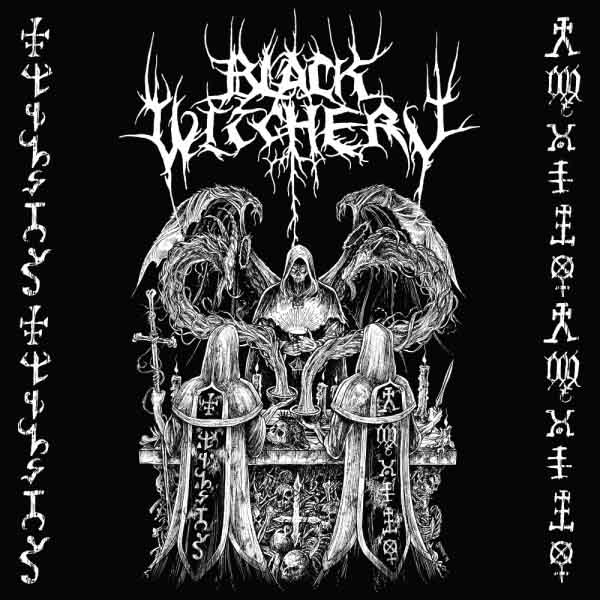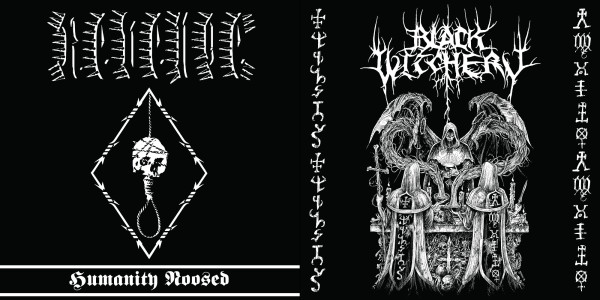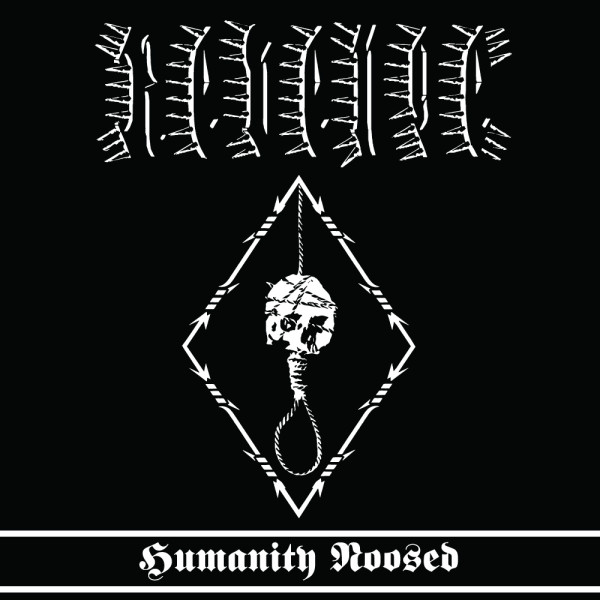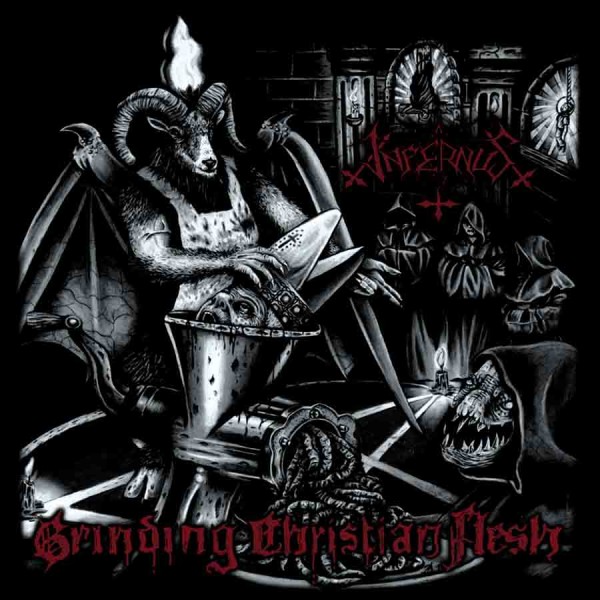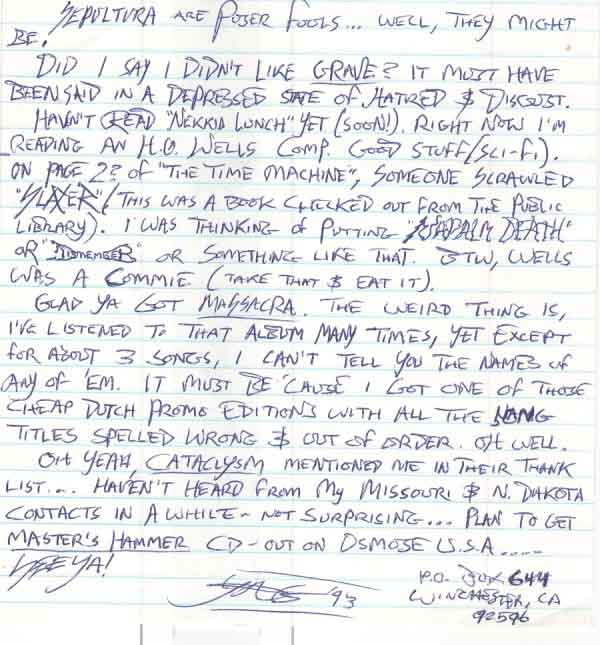
Remember those who never had a chance. Like many of us, they grew up in a wasteland of broken families, pointless wage-slave jobs, hippie ideals and grim social collapse mundanities, a utopia of fond visions and a dystopia of nightmarish collisions with the reality those denied. They had nothing to look forward to but a mortgage in the burbs, a family ending in divorce, and a society which systematically disregards the beautiful and zeroes in on the failed, the corrupt and the deceptive. A world coated in advertising and saturated with deceit.
It is my unfortunate duty to relay to you that Adam Gadahn, a metalhead and devout fan of Incantation and Timeghoul, passed away in January by drone strike. As the lapdog media relates:
Officials also announced that a separate strike killed Adam Gadahn, an American who became a prominent propagandist for al Qaeda, was close to Osama bin Laden, and had a $1 million bounty on his head. The deaths bring to seven the number of Americans killed in drone strikes, six of them inadvertently.
The White House said it was unaware the four were present at the sites, which were hit on Jan. 14 and Jan. 19 near the border of Pakistan and Afghanistan. President Barack Obama apologized to the families of the hostages and said he took full responsibility as commander in chief.
This conflict is beyond politics. Yes, we have divided into factions but no, that is not our problem. Our problem rebirths itself time and again because it is within. We have become rotten, whores to our own independence and manipulators so canny we have even fooled ourselves. This civilization has sold itself snake oil for centuries and the result is the continual destruction of those with spirit, sensitivity and the guts to do something about it. Those who conform, lower standards and follow trends always win. This is the source of evil the real thing, as opposed to the supernatural scapegoat that the credulous choose to believe exists.
Evil is real. Its name is error, and all error consists of separating our expectations from reality. That eventually becomes a devotion to lying about the split between mental image and the world beyond, at which point we retreat into a fantasy existence of mental projection, desires and emotions. As a wise poet once said:
Take your instinct by the reins
You’d better best to rearrange
What we want and what we need
Has been confused, been confused
We are confused. Our wars no longer advance anything but the defense of the status quo, and all of us hate that. We all admit the problem is morons and that 90% of everything sucks, but no one is willing to get past the sacred cows lest some opportunist step up and whip up a lynch mob to tear down the heretic. “The nerve of that guy — he said our society is actually failing. What a rube!”
Above you can see a letter written by Gadahn back in the day. It contains some of his opinions on death metal and literature. He had great taste in metal, came from a broken home in a broken time, and did his best. Rest in peace, Adam.
42 CommentsTags: adam gadahn, incantation, massacra, sepultura, timeghoul
